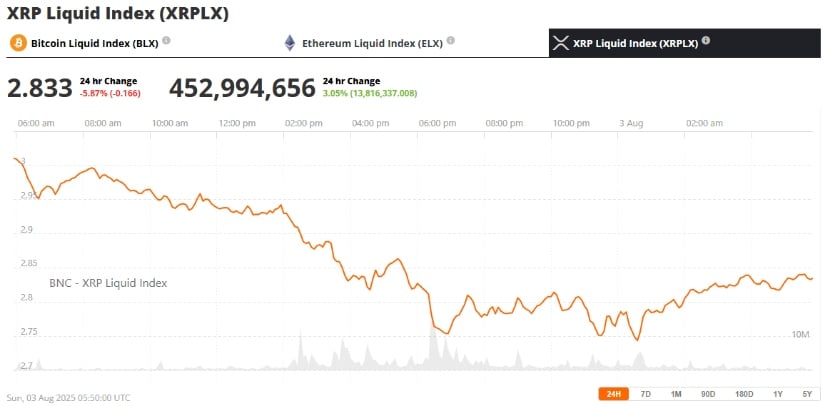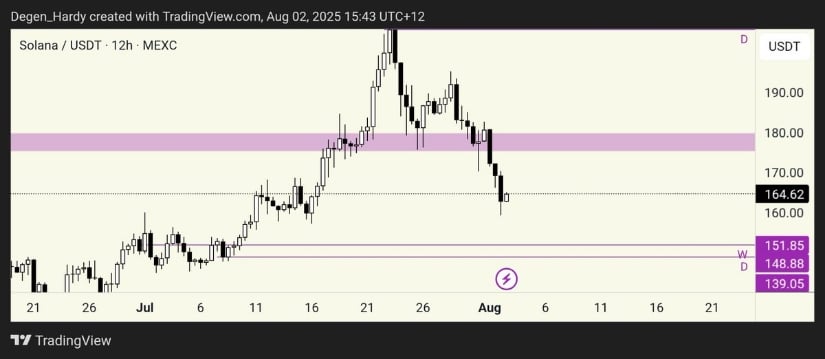DeFi Investors Must Navigate APY, APR, and Impermanent Loss Risks
Annual percentage yield (APY) and annual percentage rate (APR) are key metrics used in the cryptocurrency space to describe the potential returns from staking, lending, or liquidity provision. APY factors in compounding, meaning that earnings generate additional earnings over time. This can significantly increase returns, especially when compounding occurs frequently, such as hourly or daily [1]. In contrast, APR represents simple interest and does not include the effects of compounding. As such, APY values are typically higher than APR for the same investment [1].
The compounding frequency can vary depending on the protocol. For example, rebase tokens such as Olympus and Klima allow users to earn rewards every few hours, leading to substantial APYs. However, the advertised returns are often contingent on the length of the investment and market conditions, including token price and incentive structures. Some protocols distribute rewards in other tokens, which users must manually claim and reinvest to realize the full APY [1].
Impermanent loss is a risk faced by liquidity providers on automated market makers (AMMs) like Uniswap or Sushiswap. It occurs when the price of deposited assets changes, altering the composition of the liquidity pool and resulting in a different ratio of assets upon withdrawal compared to the initial deposit. This can lead to a lower total value than if the assets had been held directly [1].
For example, if Alice deposits 1 ETH and 1,000 USDC into a liquidity pool at a price of 1 ETH = 1,000 USDC, and the price of ETH later rises to 4,000 USDC, arbitrageurs will adjust the pool until it reflects the new price. Upon withdrawal, Alice would receive a smaller amount of ETH and more USDC than she originally deposited, leading to an impermanent loss. If the price of ETH returns to 1,000 USDC, the loss may be reversed, but this depends on the ongoing trading fees collected from the pool [1].
Calculating impermanent loss involves comparing the value of the deposited assets at the time of withdrawal to the value if they had been held. For a 50:50 liquidity pair, a 100% price increase in one asset results in an impermanent loss of about 5.72%. The impact is greater for assets with unequal initial weights or in pools with more than two tokens [1].
The DeFi ecosystem offers high potential returns, but these are often accompanied by high risk. Protocols frequently launch incentive programs with high APYs to attract liquidity, particularly through newly issued governance tokens. While these tokens can experience rapid price appreciation, the high returns are often unsustainable, and liquidity mining campaigns can collapse quickly [1].
Investors should carefully consider both the compounding frequency and the volatility of the assets they are staking or providing liquidity for. In many cases, the fees earned from liquidity provision may not offset the impermanent loss, especially in highly volatile markets. Therefore, understanding the mechanics of APY, APR, and impermanent loss is essential for making informed decisions in the DeFi space [1].
Source:
[1] What Is APY, APR, and Impermanent Loss In Crypto? https://www.coingecko.com/learn/what-is-apy-apr-and-impermanent-lossSource link
Written by : Editorial team of BIPNs
Main team of content of bipns.com. Any type of content should be approved by us.
Share this article:




